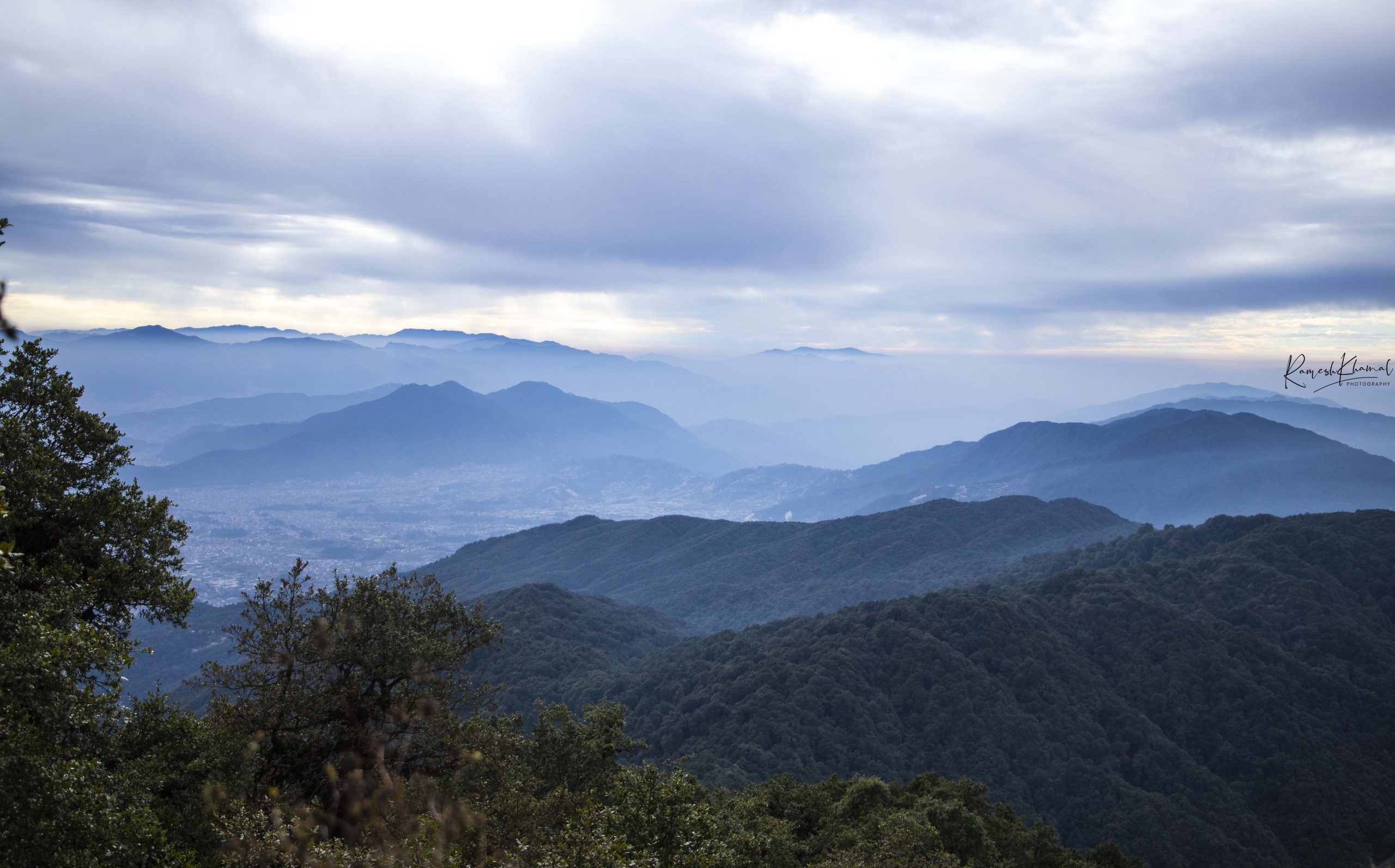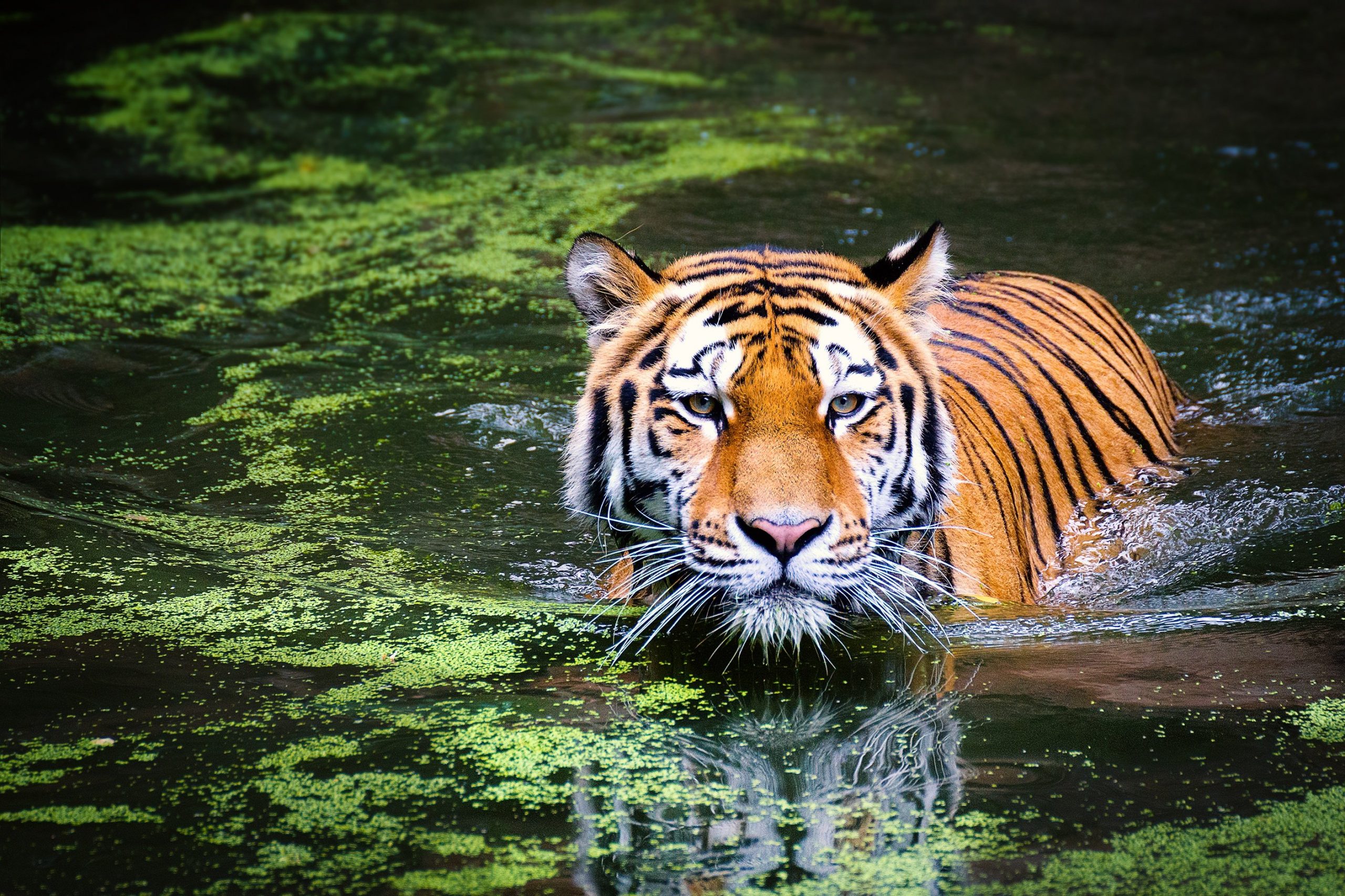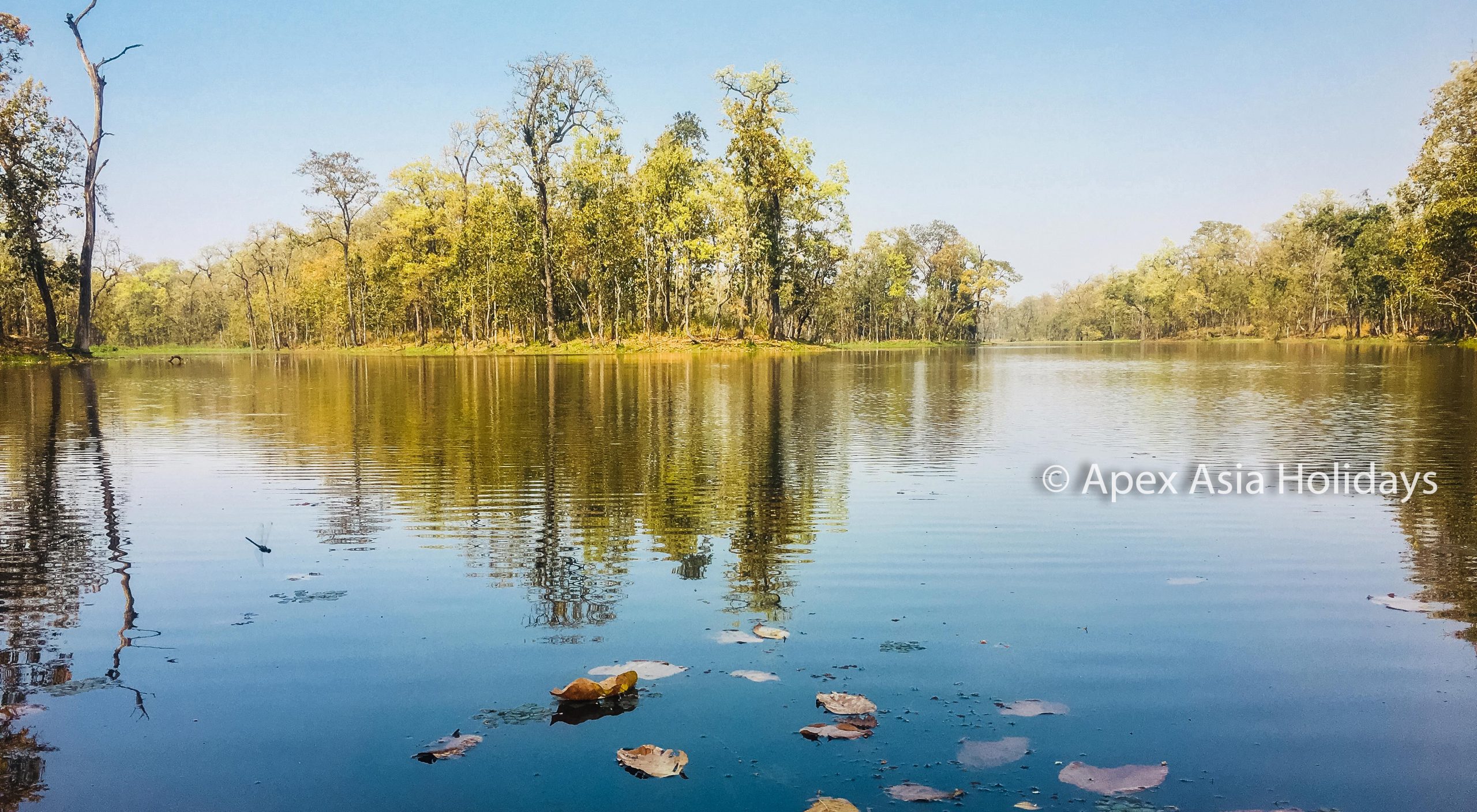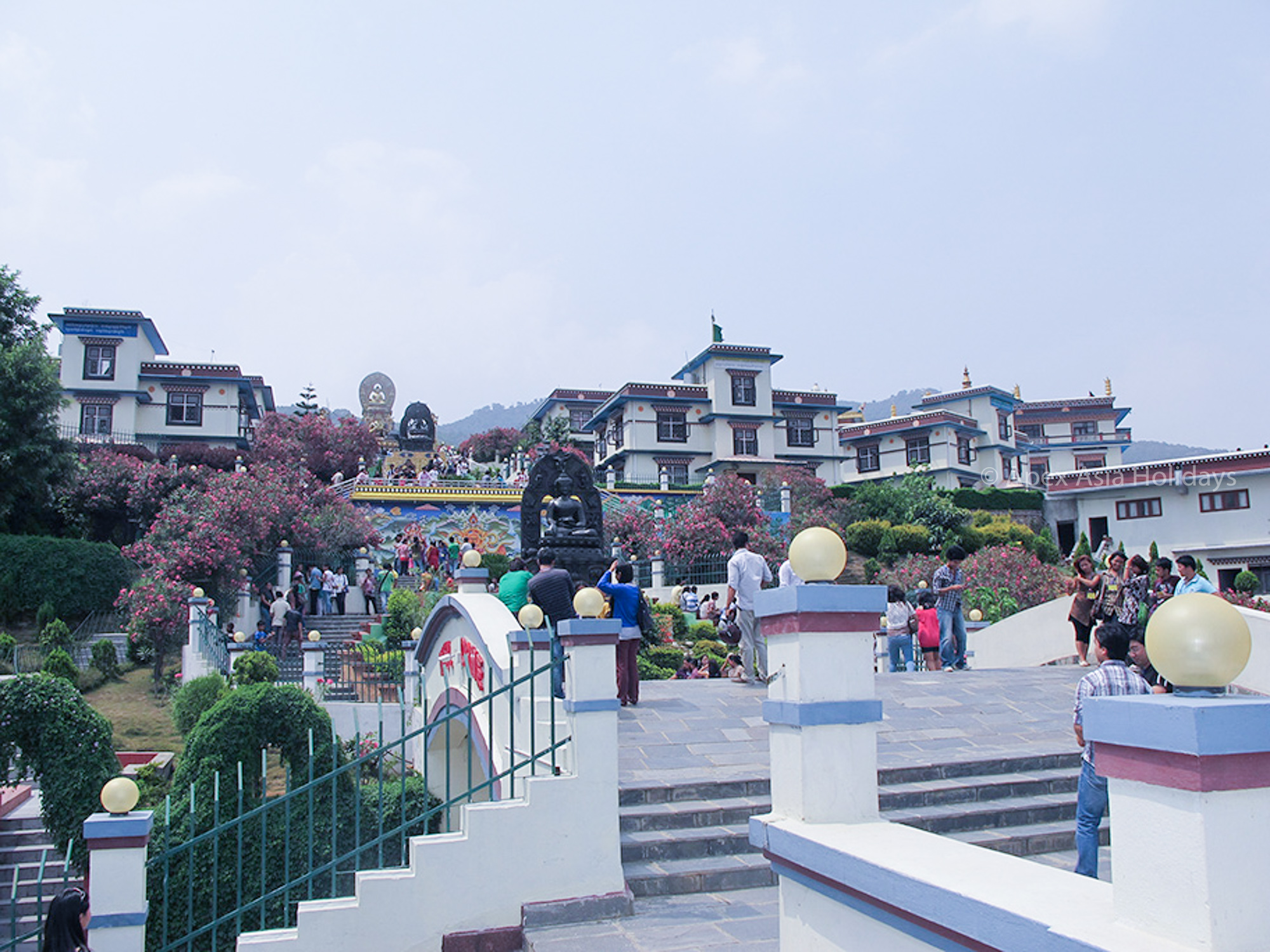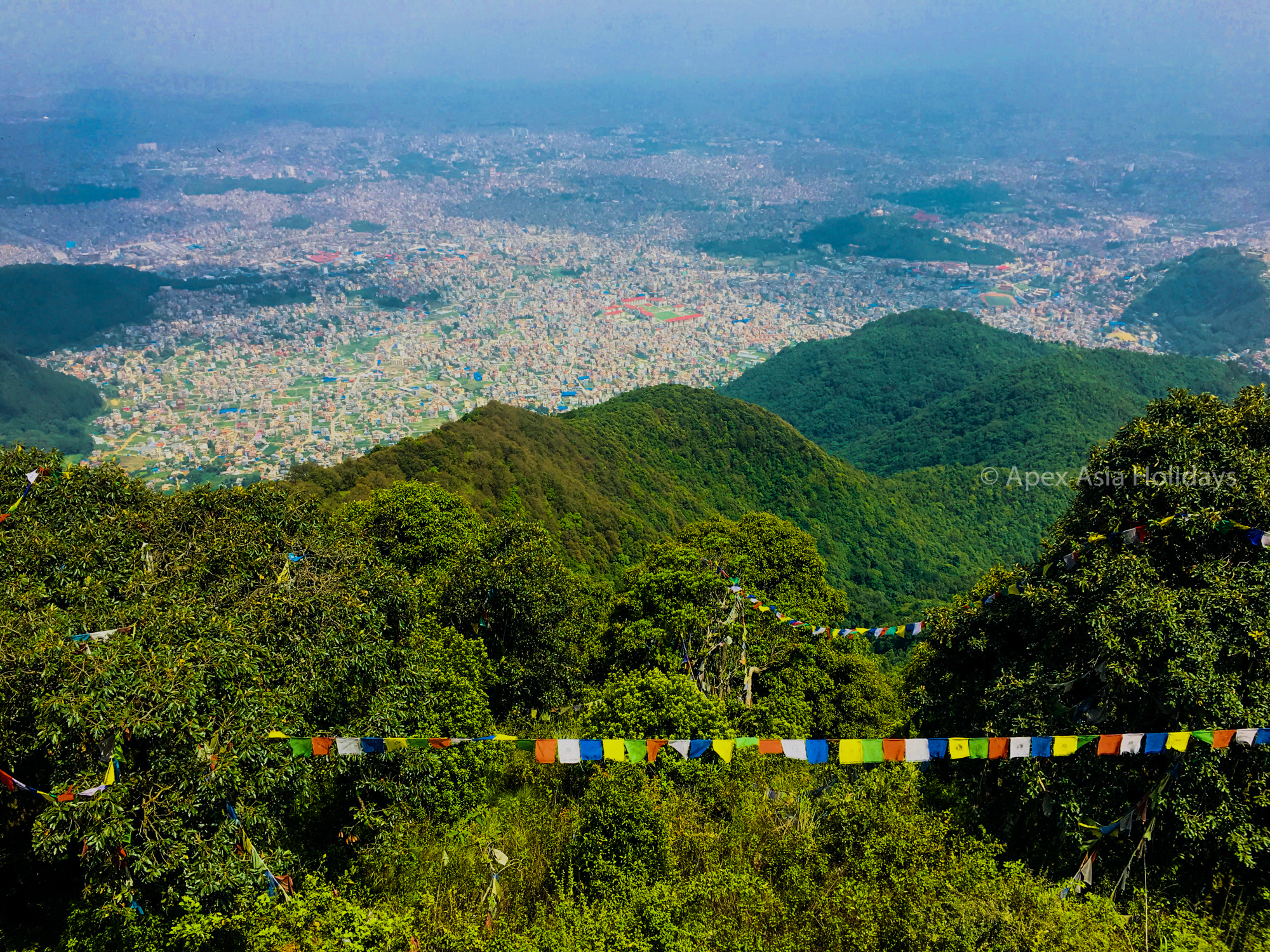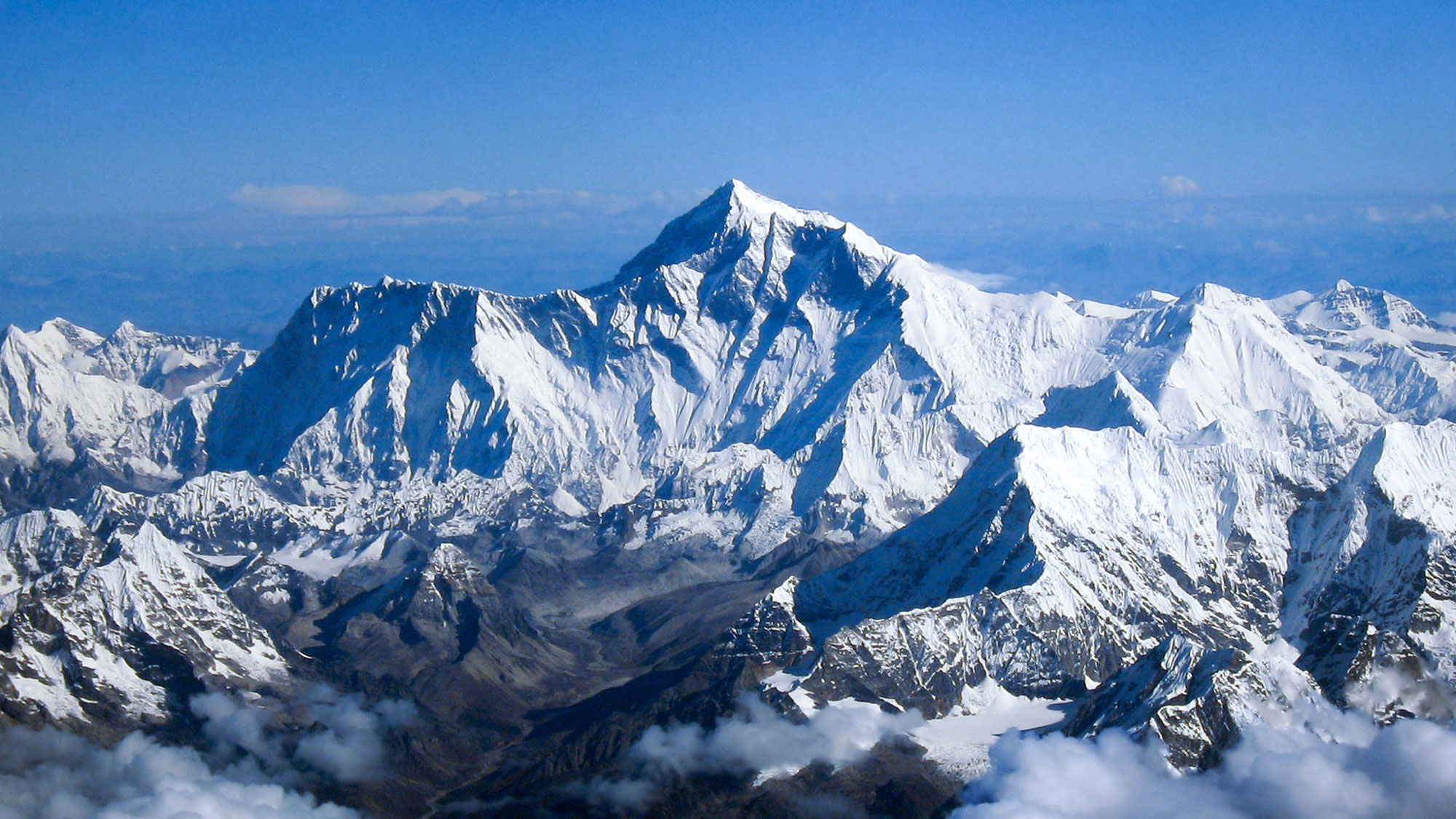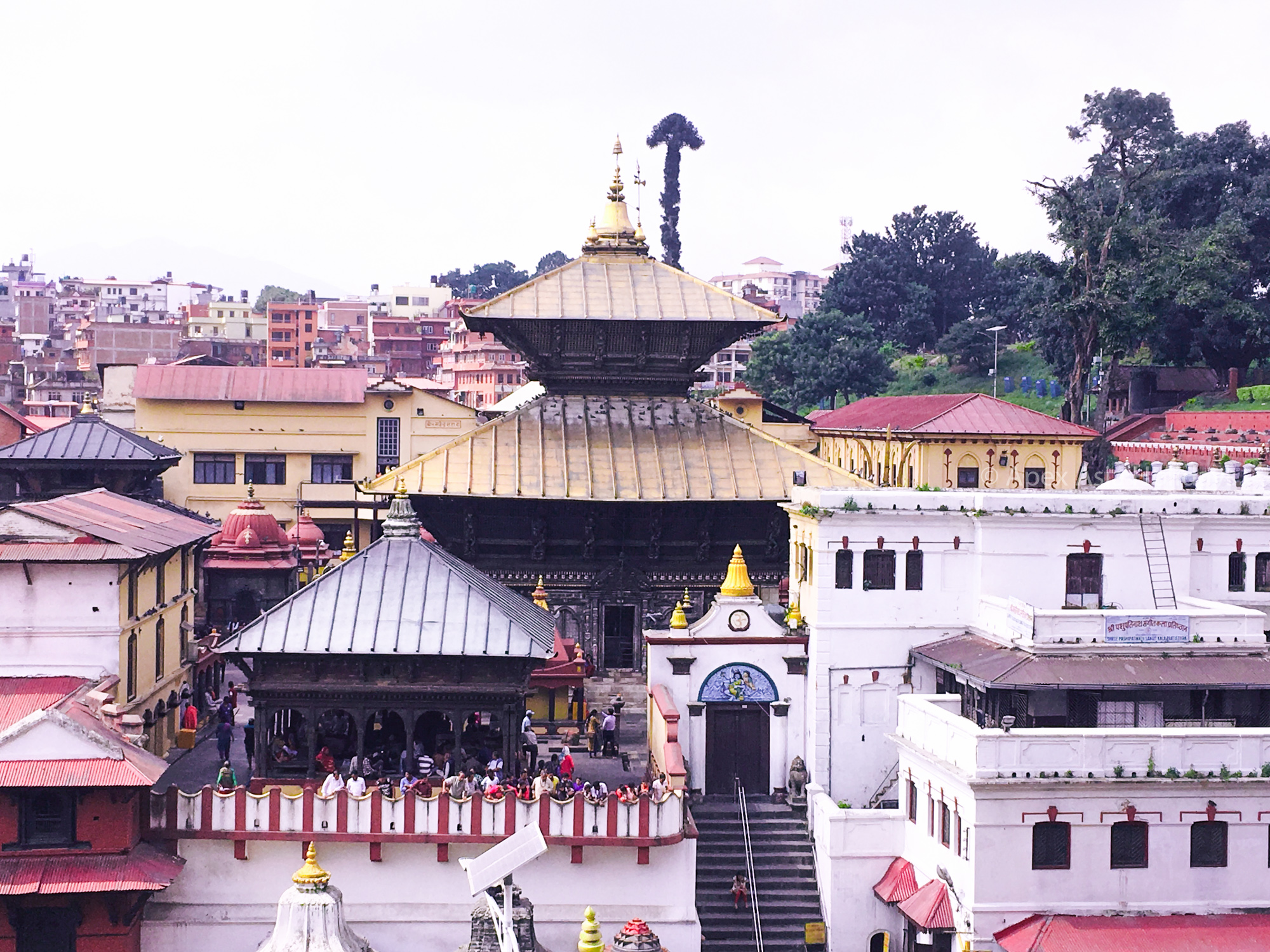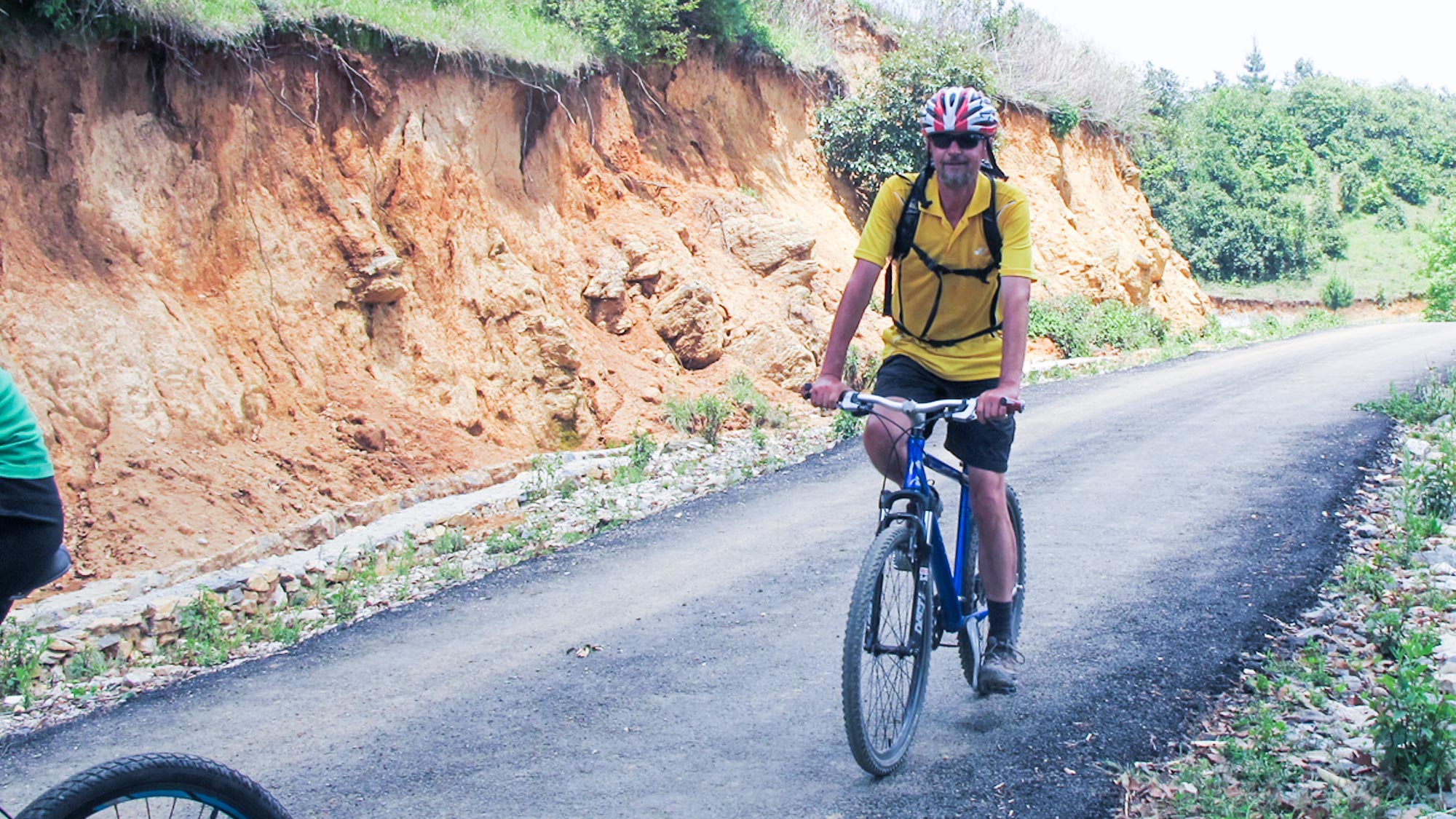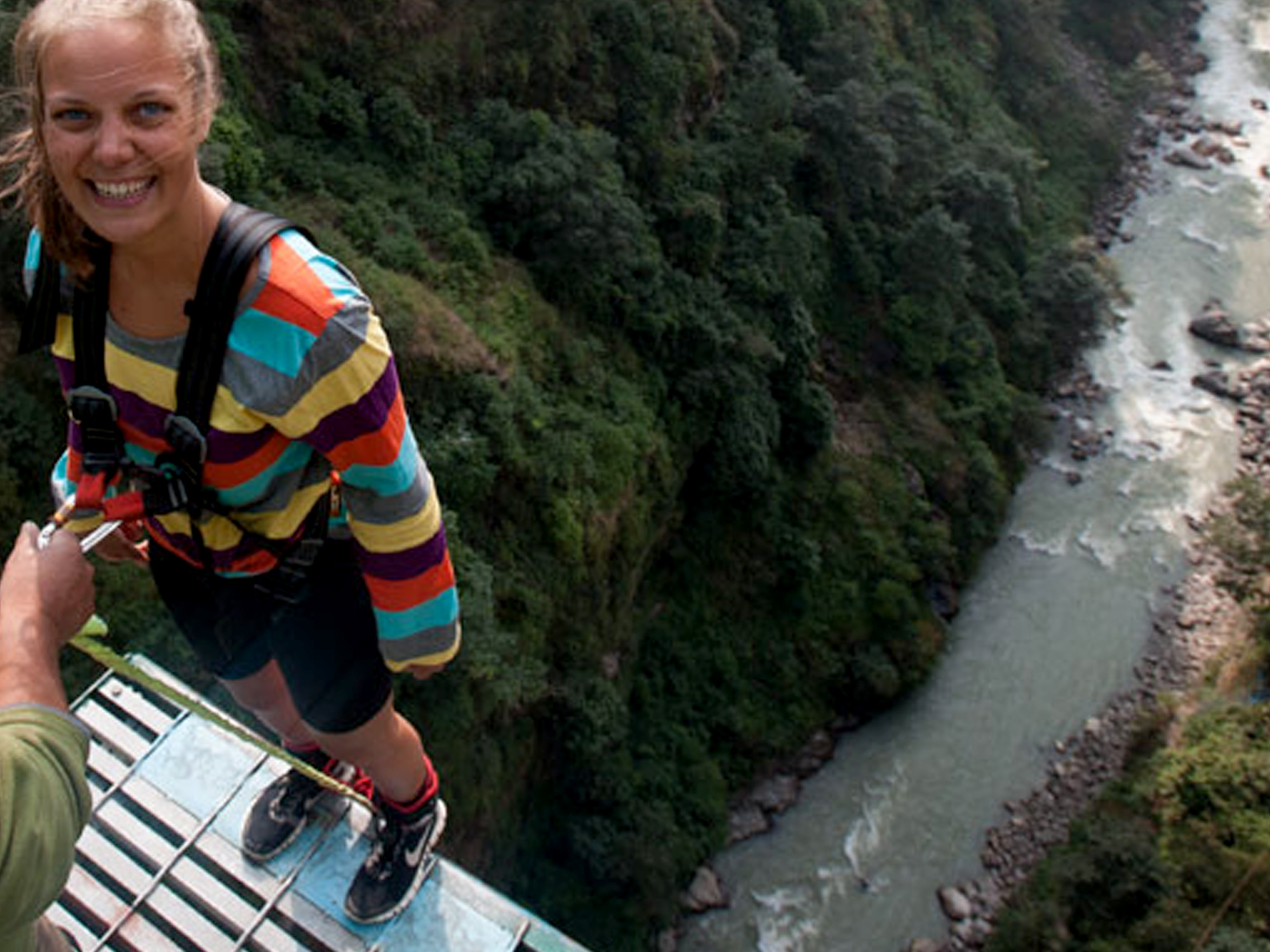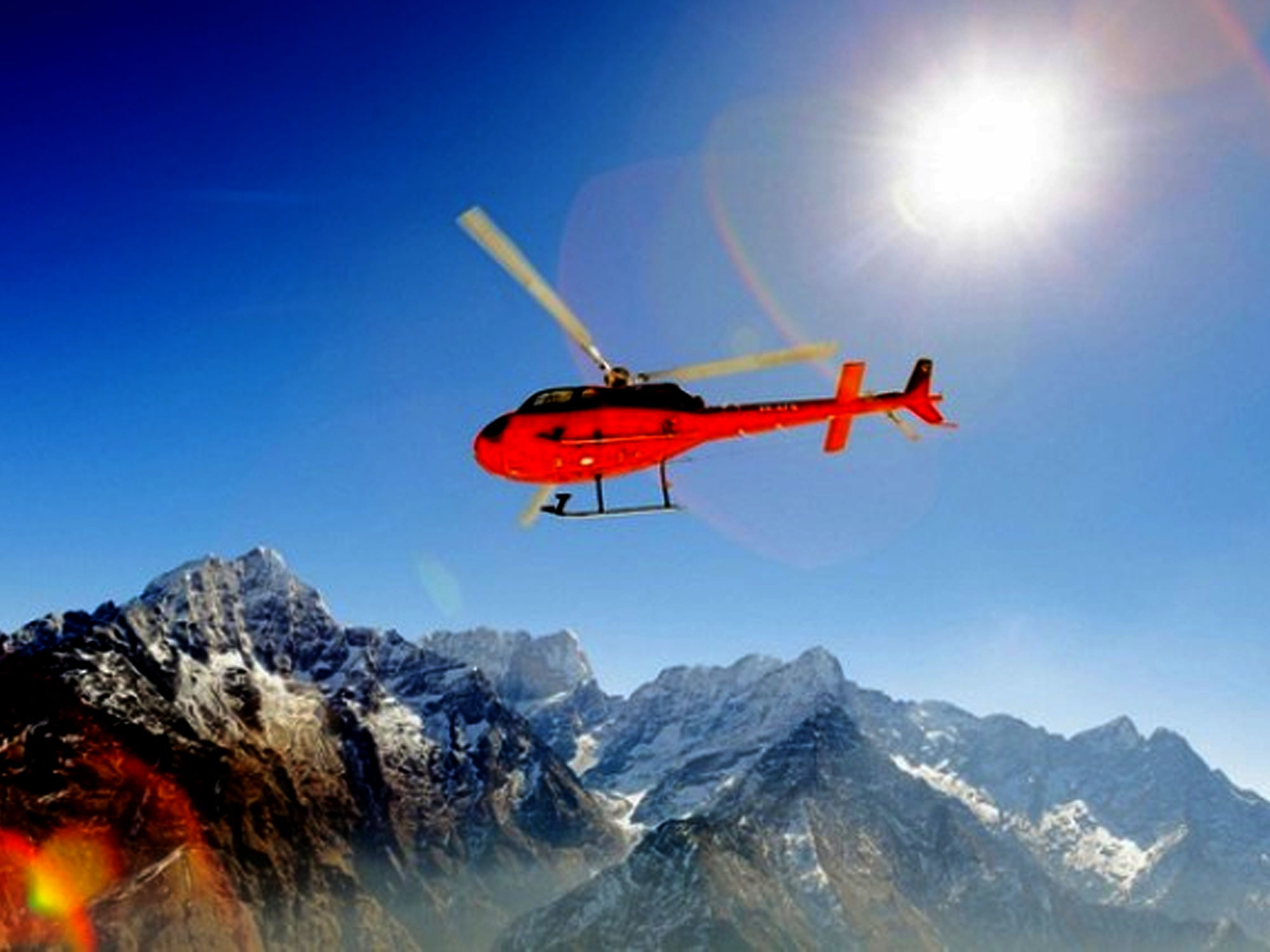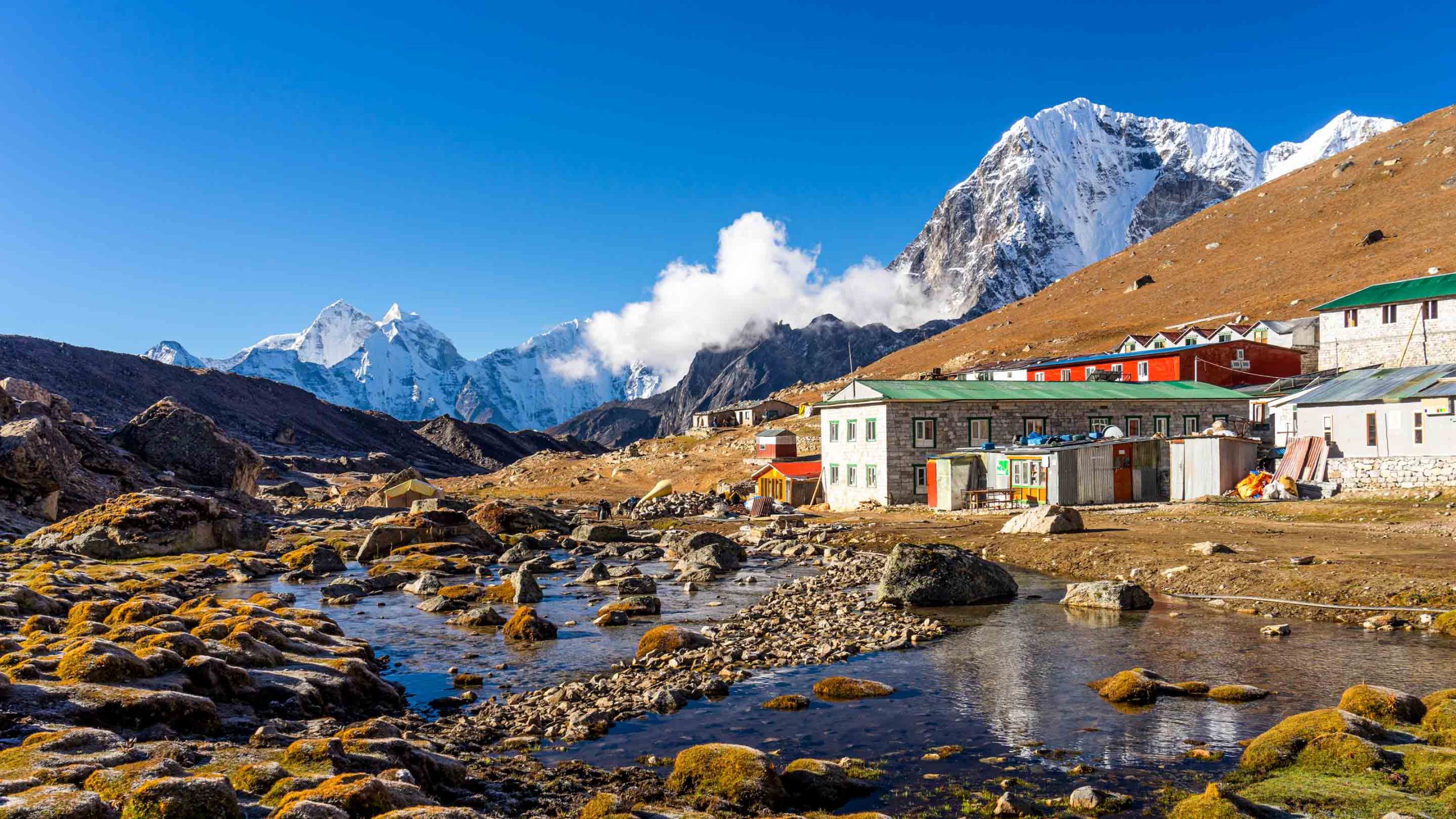Trip Overview
Soi Yaksa Trek is a beautiful and thrilling trek of Bhutan. It takes you to the base camp of Mount Jomalhari, which is the second highest unclimbed peak in the earth. From the base camp, we can see spectacular views of Mt. Jomalhari. Soi Yaksa is the best nature-loving adventure trek that offers stunning views of mountains, alpine pasture and also gets the opportunity to explore a couple of villages neighboring with the Tibet. Michael Palin exclaimed, “Farewell big, monumental, Himalayan peaks,” while in his trek of BBC Himalaya Adventure. In this trek, we also visit some more popular places of Bhutan such as the Rinpung Dzong, Kichu Lhakhang, Drugyal Dzong, Memorial Chorten of King, National Institute of Traditional Medicine, Bhutanese traditional Painting School and Museums.
Soi Yaksa is two weeks trek of Bhutan. It includes some amazing sightseeing valleys, Dzongs and monasteries. 4890m from the sea level is the highest point of the trek. Soi Yaksa is not for all but definitely for them who loves some adventure. A camping trek of Bhutan also gives the opportunity of testing some spicy foods. Because red chilies are main ingredients of kitchen. You can also try Ema Datshi which is the national food of Bhutan. It made after Chilies and Cheese. Jasha Maroo or Maru, Phaksha Paa whatever all meals includes hot spices and chilies. That’s why having camping trek of Soi Yaksa in Bhutan is best for you.
Tour Highlight
- Bhutan Tour
- Stunning Himalaya Views
- Great experiece of Himalaya Camping
- Crossing High Passes
Trip Itinerary
- Day 1 Arrival at Paro (by Druk Air)
On a clear day, you can see the beautiful views of Himalaya from the flight. On your arrival, our airport representative will greet you and transfer to your hotel. In the afternoon you can visit Paro Dzong, which was built in 1646. After crossing the wooden bridge, there is a temple named Kichu Lhakhang, the oldest temple in the country.
- Day 2 Paro - Hike to Tiger Nest Monastery (acclimatization hike)
After breakfast, you hike up to the most famous monastery, Taktsang Monastery, set on the edge of a steep cliff about 900 meters from Paro Valley. The monastery is also known as the Tiger’s Nest. It was the meditation cave of Guru Rinpoche (8th century), claimed Guru had flown on the back of the tigress from Singye Dzong in Lhuentse for meditation. The hike makes a beautiful half day excursion.
- Day 3 Paro-Shana Trek starts
The entire trek starts from Drugyal Dzong at 2,580m. From here you will walk down with following the Pachhu River, then climbs gently through the rice terraces and fields of millet. Soon the trail enters a wide valley, the area of apple orchards, traditional farmhouses and tiny settlement of Misthi Zampa and Shanghatan. After walking through the blue pine forest for a while you will reach the Army Camp of Gunistsawa at 2,810m. Here your trekking permit will be checked and this is the last stop before Tibet. You will camp at 2,870m, just beyond Shana Zampa, at the meadows surrounded by trees.
- Day 4 Shana- Sio Thangkha
Today again follow the Pachu River, the trail makes ascending and descending through the pine Oak forest. The continues hiking with crossing several streams, you will reach Singkharap, a stone house at 3110m. Hot lunch will be served after crossing the bridge toward the left side of a river. Then after lunch climb up through rhododendron forest and finally reach the campsite, altitude of 3,750m.
- Day 5 Sio Thangka- Jangothang
Today is not so much long day for the trek, but significantly gaining the high altitude. You will trek along the river above the tree line, with beautiful marvelous views of surrounding peaks. Hot lunch will be served in a yak herder’s camp. After lunch, you walk for the final approach, and camp at Jongothang at an altitude of 4,040m.
- Day 6 Rest day in Jangothang (Base Camp)
Today is a rest and acclimatization for the next day’s highest climb on this trek. We hike to explore nearby mountains and lakes.
- Day 7 Jangothang - Dhumzo
The trails off to last settlement in the valley and descend to Paro Chu, crossing the wooden bridge and then climb up to Tshophu Lake( 4380m). You will come across a second lake after you climb across a slope to a crest. And descend into a hidden valley, and climb up to Bonte La Pass (4890m) from where we can see great views of Basingthang (5500m) and Chtarake (5570m). After the pass, the trail descends crisscrossing through yak trails down to the Dhumzo Chhu and after walking down below few houses you arrive at a camp at 3800 meters.
- Day 8 Dhumzo - Thombu Shong
The trail climbs over 100 m over a ridge and then drops to another stream. After crossing this stream, the trail heads up the hillside dropping into a small valley before emerging onto a ridge. Here the route turns south, ascending past few huts to Takhung Chung La (4520 m). A short descent leads to Thombu Shong (4180 m) with few yak herders huts.
- Day 9 Thombu Shong - Shana Zampa
Climb out of the valley to Thombu La at 4380 m, and then drop gradually to about 4000 m. The trail then makes a steep descent, switchbacking down the ridge, finally reaching the helipad at Gunitsawa (2730 m).
- Day 10 Shana Zampa - Drugyal Dzong (Trek ends) - Drive to Thimphu
Trails lead through blue pine forests along the Paro Chhu River along farmhouses, rice fields, small human settlements and then finally arrive Drugyal Dzong. Your car will be waiting to transfer you to Thimphu. If time permits, you will visit the Kings Memorial Chorten (built in the memory of the third King of Bhutan who reigned from 1952-1972), Changgangkha Monastery, and Trashichhodzong.
- Day 11 Thimphu sightseeing - Punakha
In the morning visit the Textile Museum, where the art of traditional weaving is still kept alive and preserved through exhibition and has a good collection of old textiles which are rich in its color and design, then visit the Folk Heritage Museum, which is dedicated to connecting people to the Bhutanese rural past through exhibition of items and artifacts used in rural households and then depart to Punakha, leaving Thimphu the road climbs steeply through a forest of pine and cedar, festooned with hanging lichen high up near Dochola pass (3050 m). This pass often offers panoramic views of the Himalayan mountain ranges. After stopping for tea and the view, we descend along a series of hairpin bends to the fertile valley of Punakha.
- Day 12 Punakha - Wangdue - Paro
After breakfast visit Wangdue Dzong, one of the major towns and district headquarters of western Bhutan. We make a short stop to view the Wangdue Phodrang Dzong dramatically located on the spur of a hill at the confluence of the Tsang Chu and Dang Chhu and then drive back to Thimphu via Dochola pass. One can also hike through the Botanical Garden of Docho La where one can see the different varieties of Rhododendrons, Magnolia, Cherry and other flowers in bloom (April & May months) and then continue your drive to Paro via Thimphu. In the evening take a stroll around the streets of Paro for last minute shopping.
- Day 13 Paro - Departure (by Druk Air)
An early breakfast will be served at your hotel, then drive a short distance to the Paro airport where your Bhutanese escort will bid you farewell. Goodbye and happy journey back home.
Itinerary Info
Standard Itinerary and Private Trip
It is the notice about Standard Itinerary and Private Trip. The provided itinerary is standard, and if you want to customize it, you can do it. OR you can go through our Plan Your Holidays page.Travel Insurance and Covers
We strongly recommend you have travel insurance that covers the adventure activities such as trekking/hiking above 15,000 feet. And must include flights delayed/canceled by bad weather, accidents, evacuations, etc.Keep in Mind
Sometimes, unusual weather changes, natural disasters, flight delays, and cancellations, government rules, local political situations, health conditions of trekkers may change your itinerary. At that point, our leading guide will decide and try to minimize the impacts and run the trip smoothly, but we are not liable for any additional costs if needed.Always options for Upgrade
Please you can upgrade your accommodation and transportation service to regular. We can provide you with 5Star hotel accommodation and the best available private car/ jeep services. And also domestic flights including the Helicopter Charter.HOW ARE WE DIFFERENT?
We operate this trip with aiming:
- To improve the lifestyle of local people
- To protect the environment
- To respect and promote the culture of the local community
- To create the Volunteering Opportunities
- To donate 5% of each trip cost to the COSD Nepal organization
We hire the local people as trekking staff, which creates the opportunity to learn and share the cultures, get exposure to local traditions. You can enjoy the local product feasts in the teahouses and lodges that directly help their business.
- Namaste [Namaste is usually spoken with a slight bow and hands pressed together, palms touching and fingers pointing upwards, thumbs close to the chest] is the respectful greetings in Nepal.
- Walk-in clockwise direction around temples, monuments, MANE Stone, MANE-wall is the culture of Hinduism and Buddhism.
- Enter temples and with removing shoes and also leather.
- Ask permission to take any portrait of locals.
- Use right while giving and receiving food, eating, wiping mouth, etc.
- Please dress in loose-fitting clothes while entering temples and monasteries.
A small group of travelers led by the local trek leader, we try to minimize the impacts on natural resources and the environment during the trips. We emphasize reducing waste. Encourage travelers to use a refillable water bottle instead of a single-use bottle.
We are also a supporter of the Community Organization for Sustainable Development Nepal (COSD Nepal). And, we collect 5% of the total payment of each trek to contribute to the organization.
Volunteer Opportunity
We have a volunteer trip operating in a local school in Gorkha. Through this trip, you can directly support the children also the teachers’ educational status.
Add-on Activities
Equipment List
Here you will get a basic idea of the equipment and items of clothing that you need to carry on the trip. Apex Asia Holidays provide you with a gratis duffel bag in Kathmandu to pack your trekking luggage.
Note:
- Non- trekking items can store at the Hotel lockers in Kathmandu.
- If you are trekking in Everest Region: Kathmandu- Lukla Flight only allows the 15KG including hand-carry bag.
- You must have to carry a down jacket from above 4000 meters to keep warms. You can hire a down jacket and sleeping bag for USD 30 with us.
Upper Body - Head / Ears / Eyes
- A cap to protect your ear and neck from sunlight
- Warm wool or synthetic hat
- Neck Warmer
- UV protective glaciers sunglasses - better to have side shield.
Hand
- A pair liner woolen gloves for mild days and heavy for morning and evening
Core Body
- Three cotton t-shirts
- Three synthetic t-shirt
- Two long sleeve polyesters, light colored shirts for sunny days.
- A soft shell jacket, water resistant, with insulation, underarm ventilation zippers. The full front zipper is preferable for ventilation.
- For women two synthetic sports bras, no cotton.
- Two pairs of nylon hiking shorts.
- Underwear, stay away from cotton.
- Two pairs lightweight long underwear.
Lower Body
- Two pair trekking pants, preferably that zip on/off at the knees.
Feet
- At least four pairs of liner socks, synthetic. And three pair heavyweight socks to be worn over liner socks.
- A pair of lightweight socks, a good option for the lower / warmer parts of the trail and also on lodges at the time of dinner.
- A pair light to medium weight waterproof hiking/trekking boots. Make sure the size and should have to be avoidable for blister.
- A pair light trekking shoes or sneakers to wear in and about camps or lodge.
- Shoes
Other Essential
- Small Day Pack
Medicine and First Aid
- Ibuprofen for general aches and pains
- Extra Strength Excedrin for altitude related headaches
- Immodium or Pepto bismol capsules for upset stomach or diarrhea
- Anti-infection ointments
- Band-aids
- Lip balm (At least SPF 20)
- Sunscreen (SPF 40)
Miscellaneous but Important
- Passport and extra passport photos (2 copies)
- Airline tickets
- Durable wallet/pouch for travel documents, money & passport
- Water bottle/bladder
- Water purification Iodine tablets
- Toiletries
Important Info
- TRANSPORTATION
In Nepal, there are two kinds of transport, public and private. We mostly recommend you to use the private than the public because the roads two ways that make traffic, and the private vehicle can avoid the traffic by choosing the proper time for less traffic.
- MEALS
In Nepal, you will get the extensive food menu. From the international food menu to local foods. Dal Bhat is the main course of Nepal. Your guide will help you to choose the suitable food, on the trek and tour.
- ALTITUDE SICKNESS
Trekking is the popular trekking ventures in Nepal, which is always in the High Himalaya and where we have the chance to get altitude sickness. So, it is highly recommended to learn more about the High Altitude Sickness before you start the trek. Hurry can be deadly in Nepal Himalaya. Walk slow, and give enough time to your body to fit in the high altitude. Drinking more water and stepping slowly with rest is the best protection against altitude sickness.
- INSURANCE
It is necessary to have travel insurance before you embark on any trip. The insurance policy should include the cost of medical expenses, any damage or loss of your luggage, and cancellation.
- SAFETY
Nepal is one of the safe and more peaceful countries around the world. Even though you must have your Travel Insurance and the should cover the area which is on your itinerary.
- RESPONSIBLE TRAVEL
Traveling is the way of getting in touch with the local peoples. It is important to recognize what is acceptable in the society, such as dresses, behaviors, and language. There might be different than your own country. Most of the people can communicate in English in the cities and also some touristy towns but if you have learned a few words Nepali, like greetings “Namaste” that make a huge difference.
- HEALTH & SAFETY
Apex Asia Holidays always concern about the health and safety of the clients. Our guide carries a first aid kit with the directed medicine by the doctors. We also recommend you to discuss with your doctor about your visit at least a month ago. In case of severe or emergency, we transfer you to the nearest hospital. Safety is the first important for us as a responsible tour agency, so we do not take unnecessary risk.
Why Book With Us
- Great Value Guranteed
- Small Group Size
- Local Expert Guides
- Hassel-Free Booking
- Social Responsible
- Excellent Service
Frequently Ask Question
- What is the time zone of Nepal? NPT (UTC+05:45)
- Do I need to tip the guide and porters? What is the standard tip? Tips is expected by your team members and normally the standard is 10% of your total trip cost.
- Do you arrange the International and domestic flights? Yes, we can do as per clients’ require. Normally, we arrange all domestic flights and if you required we can arrange also international tickets.
- Can I change my itinerary? Yes, customizing the itineraries is the feature of Apex Asia Holidays. And you can also visit the Plan Your Holidays link.
- Is it possible to extend trip? Sure, you can extend your entire trip and also you can do extended trip.
- Is it possible to use credit card during the trek/ tour? Using card is not possible in all trekking town except Namche of Everest region. But in the cities you can use the cards.
- Can I charge the batteries of cameras, phones? Yes, you can charge your devices, but recommended you to bring your plugs, chargers and also do not leave unattended anything while charging in a lobby or somewhere in trekking guesthouse. And if you are in camping trek it’s quite hard to charge the phone so advising to bring portable charge.
- Is there any possibility to communicate in my hometown? Yes, you can. In the Everest and Annapurna region you can connect via Phone, Internet both is available in most of town and, in some remote routes you may need to use satellite phone that are carry by you trek guide or also get in the local town.
- Do you provide any equipment for the trek? Apex Asia Holidays provides you a basic equipment like Sleeping Bag, Down Jacket, for tea-house trek. And for the climbing trip we provide the basic equipment. For camping trek check it once including section.
- Is the shower facility during the tour/trek? Yes, you can have shower during the trek. In camping trek you will get shower in shower tent which is basically provide 3-4 times in whole trek it is depending on the duration of the trek. And in a tea-house trek we will provide you attached room where is possible and the rest of town you will payable shower.
- What are the accommodations and meals like? All the meals that you provided are hygienic and fresh. While you are in camping trek you get meals prepared by professional camping cook. And if you are doing tea-house trek you will get the main course as like in the cities. For accommodation in the camping trek you will have a tent with good qualities mattress and sleeping bag. And if you are in tea-house trek you will normal twin sharing room in basic facilities with warm mattress and blanket, and also we provide sleeping bag if you need.
- Is the drinking water okay? Or I need to use tablets? For drinking water you can buy bottle water that purified mineral water in tea-house trek and city tour. And in camping trek the camping cook provides you boiled water. For some case of remote area trekking it would be better to have some purification tablets that you can buy in Kathmandu.
- How big is a group size? We will try to arrange small group of willing people, which immortalized the treks. Normally we encompass 12 -16 people in a group. (This is not to apply for them who want to do Private Trip, no minimum and maximum for them.)
- Do you arrange the private trip? Yes, of course we will arrange private tour.
- Should I need to join the group? Joining in a group is depending on your booking and option that you choose. If you have booked for Private Trip then obviously you will not join. Otherwise normally the same trip is departing in a same day then the group will join.
- Are the staffs insured of your company? Yes, all of the staffs and crew members are the insured.
- What sort of ground transportation you use? Normally we assign a car up to 2 people and Jeep for up to 5 people and then Micro Bus for up to 14 PAX and Coster and Sutlej Bus depending on group size. There are some trekking routes, which are dirt road for them we assign 4WD Jeeps. It also depends on what services you opt.
- Are the treks and tours secured? What about the security? Provide the security to our clients is principal of us. The government licensed holder guides and other crew members are carefully assign for your trip. Even though, would like to counsel you to take care of your personal equipment, bags. If you doing a tea-house trek your accommodation are in a local guesthouse, where you have to be precaution yourself at all time. And if you are in a camping trek always keep your own bags inside the tent and while in nighttime please keep your bag in the middle of the tent. The camping leader assigns a Sherpa as a guard throughout the nighttime.
- Do my guide/porter speak English? Definitely they speak English. All the guides are professional and due to the professionalism they speak good English. The guide’s English is enough to explain about the local culture, activities, and religions.
- Do you peak me up at the Airport upon my arrival? Yes, our airport representative welcomes you at airport and transfer to the hotel in a private tourist vehicle.
- What is the fitness required for the treks? Generally, to trek in Nepal we should have good physical and health condition. And also able to walk 4- 7hrs in day at high altitude with your little backpack.
- When is the best season for treks in Nepal? From March to mid of June and September to December is the best season for treks.
Why travel with apex asia holidays
Since 2015, we have operated unique itineraries and happy trips that are a once-in-a-lifetime experience. We focused on the fun factor and challenged you aptly to reach that great feeling of personal accomplishment while enjoying the company of like-minded travelers.
Make your journey fruitful by choosing to travel with a local company. We know each holiday is different. With the guidance of our travel experts and first-hand experience, we can customize every element of your holiday. We create travel packages that transcend our clients’ expectations. We invite you to discover what you’ve been missing. These are some of the difference that makes All-Travel unique.
Explore More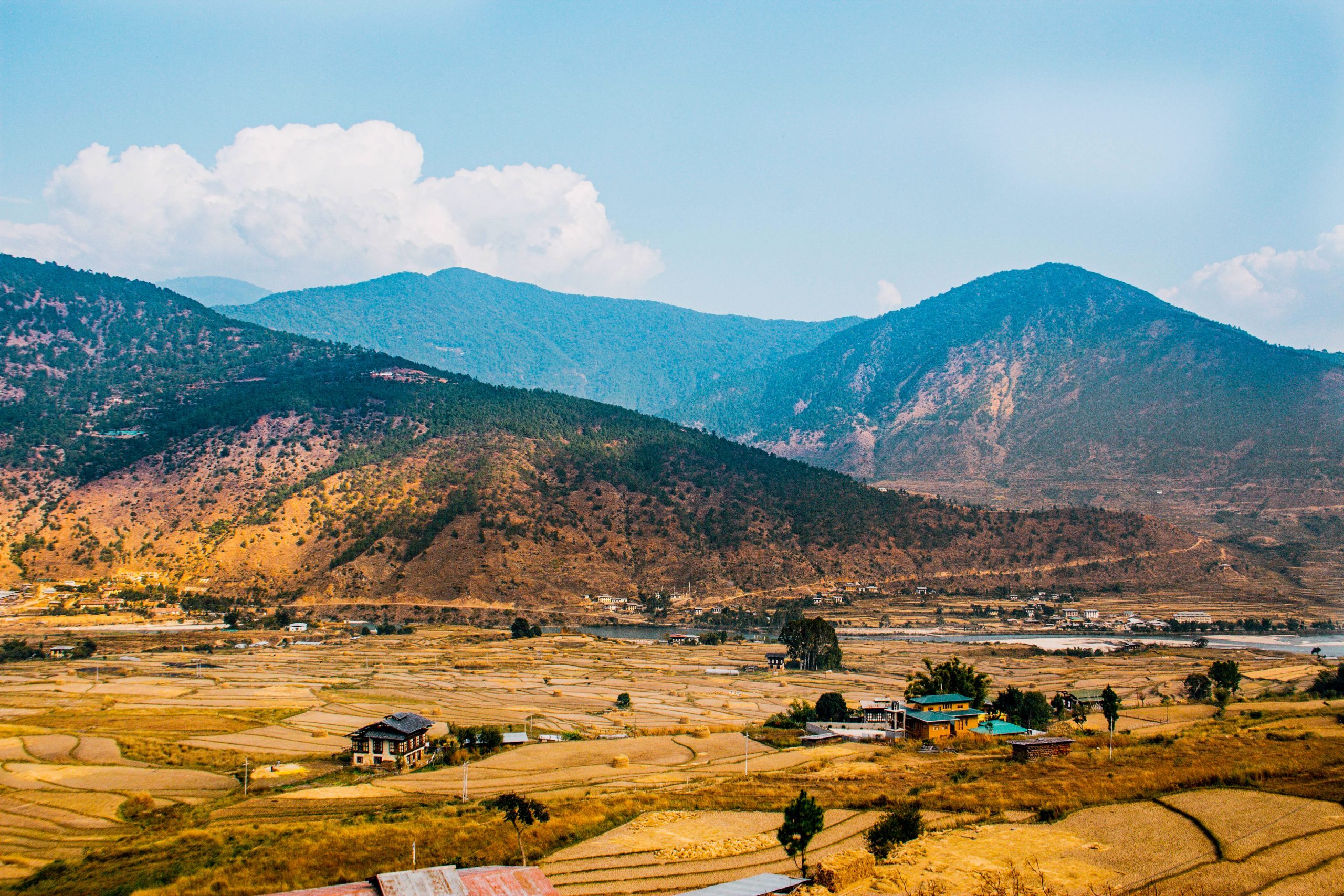
 Group Size: 2 PAX
Group Size: 2 PAX Duration: 13 Days
Duration: 13 Days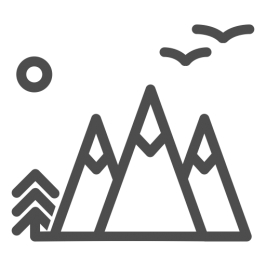 Max Altitude: 4890m/ 16043ft
Max Altitude: 4890m/ 16043ft Trip Grading: Easy
Trip Grading: Easy Trip Start: Paro
Trip Start: Paro Trip End: Paro
Trip End: Paro Average Dist. per Day 15Km
Average Dist. per Day 15Km Average Time per Day 6hrs
Average Time per Day 6hrs